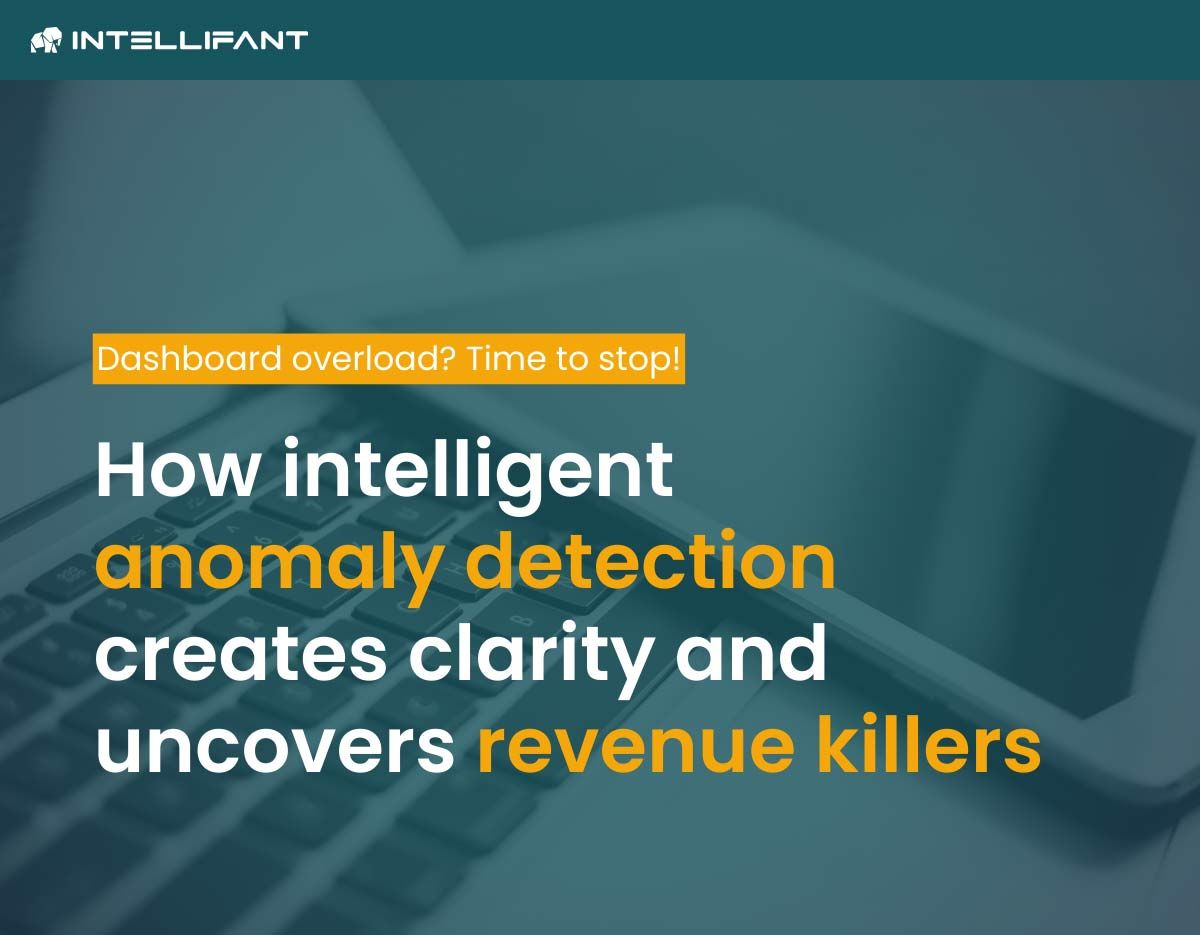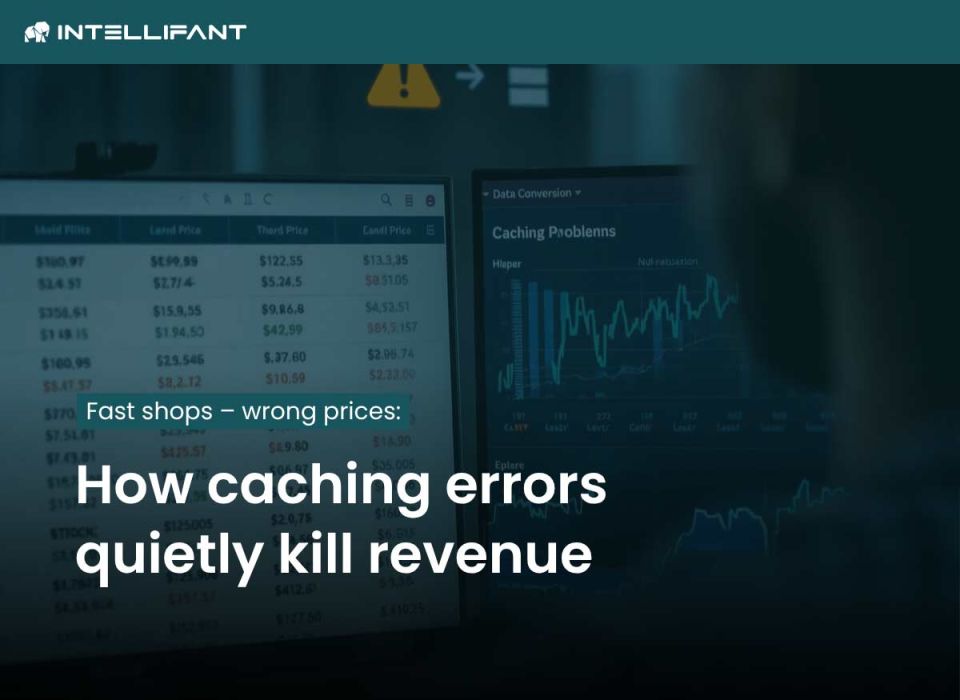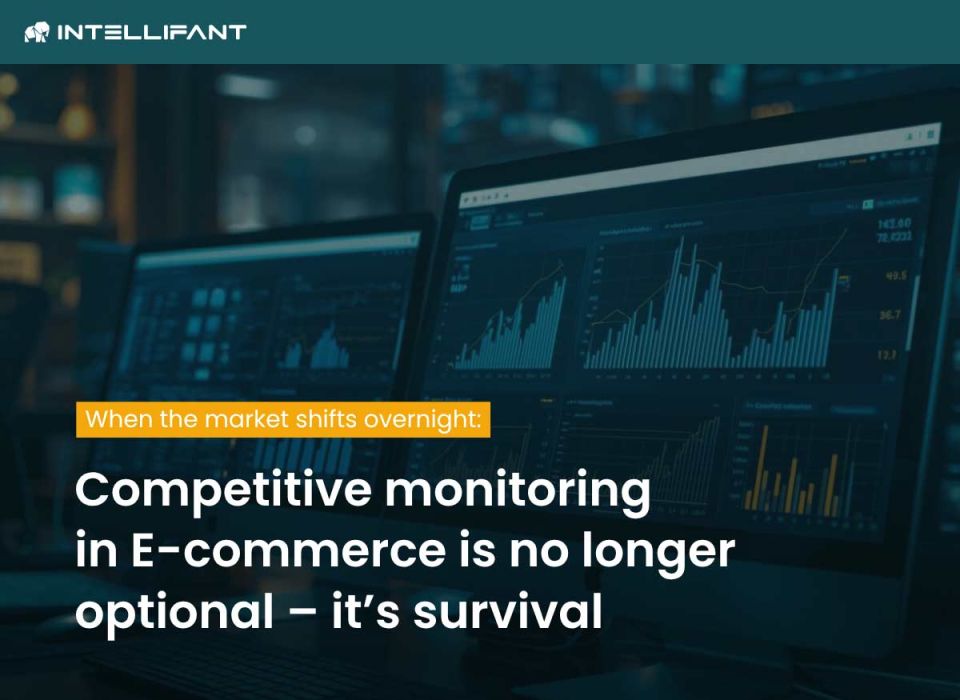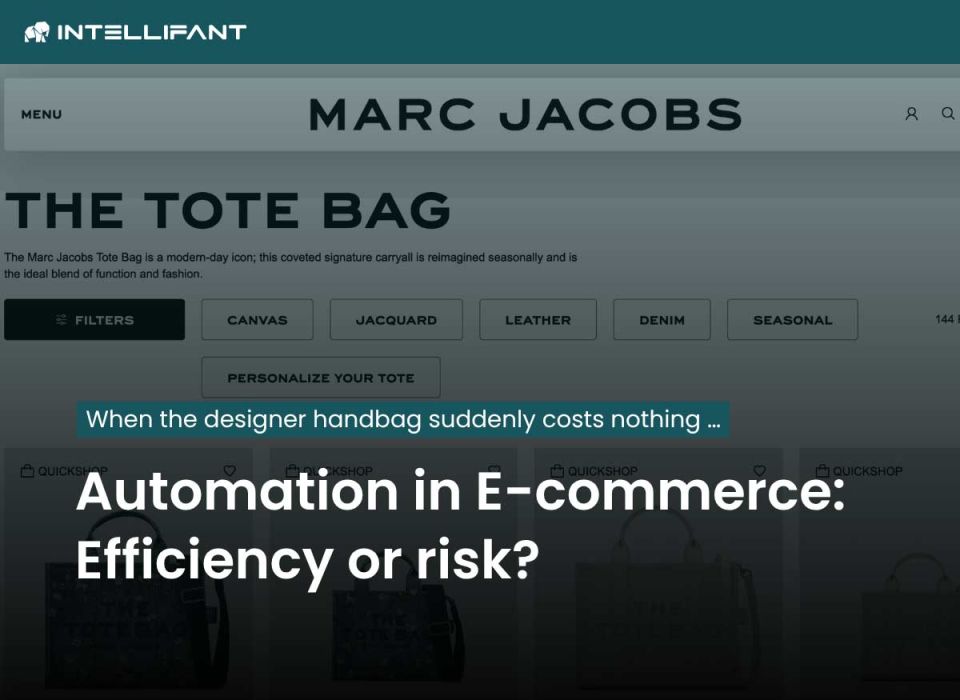Dashboard overload? How BI tools and anomaly detection should work together.
Business intelligence dashboards have become an essential part of corporate management. They offer figures, charts and KPIs at a glance - but they usually only show what has already happened.
Especially in e-commerce, where speed and precision are crucial, this retrospective view is often no longer sufficient.
Anomaly detection adds a crucial component to classic BI tools: Early warning of critical deviations - before they cause major damage.
Problem: Flood of data due to BI dashboards without recommendations for action
Modern BI dashboards offer impressive visualization options.
The problem: too many metrics, unclear priorities and a lack of information on which developments are really critical. For employees, this turns into a daily battle with the data - and little overview.
The result is often reporting for the sake of reporting - without a real basis for decision-making. Those who rely solely on historical figures miss out on trends and risks that have long since emerged.
How anomaly detection prioritizes purposeful
This is where anomaly detection comes in. By using AI, large volumes of data are automatically analyzed for unusual patterns or outliers.
Instead of struggling through dozens of charts, the system automatically recognizes where anomalies arise.
For example, when monitoring sales data, a sudden drop in demand or a conspicuous order pattern can be detected immediately and prioritized for reporting.
This not only provides information to companies - it also indicates the most urgent areas for action.
Interaction: What happens when BI & AI are combined
The combination of classic business intelligence with AI-supported anomaly detection creates a new quality in data analysis.
While the dashboard continues to visualize aggregated information and trends, the AI continuously scans the current data streams in the background.
Targeted alerts are triggered in the event of anomalies - ideally integrated directly into the existing dashboard. This maintains the familiar overview, but adds a dynamic early warning function.
Companies recognize changes not only in the monthly report, but within a few hours.
Advantage: Relevance instead of reporting
The intelligent combination of BI visualization and anomaly detection provides insights relevant to action in real time. Companies no longer have to respond reactively to past developments, but can act proactively.
For example, an online store can take immediate countermeasures if conspicuous declines in a bestselling product are detected.
The time between recognition and action is drastically reduced. This turns mere data presentation into genuine control competence.
Conclusion: More efficient data management through intelligent combination
The days when business intelligence consisted only of pretty graphics are over. Companies that combine BI dashboards with anomaly detection create a system that not only collects data, but understands it.
Faster, more accurate insights allow risks to be minimized, opportunities to be better exploited and decisions to be made on a more informed basis. To achieve optimal results, companies should define clear analysis goals, ensure high data quality and continuously monitor their analysis processes.
Those who opt for the right combination today not only secure efficiency - but also a crucial competitive advantage.
Tools such as INTELLIFANT supplement existing BI solutions and their classic reports with an intelligent early warning function.
This turns business intelligence into a real operational advantage - data-based, dynamic and always one step ahead.
#businessintelligence #anomalydetection #datamanagement #BItools





